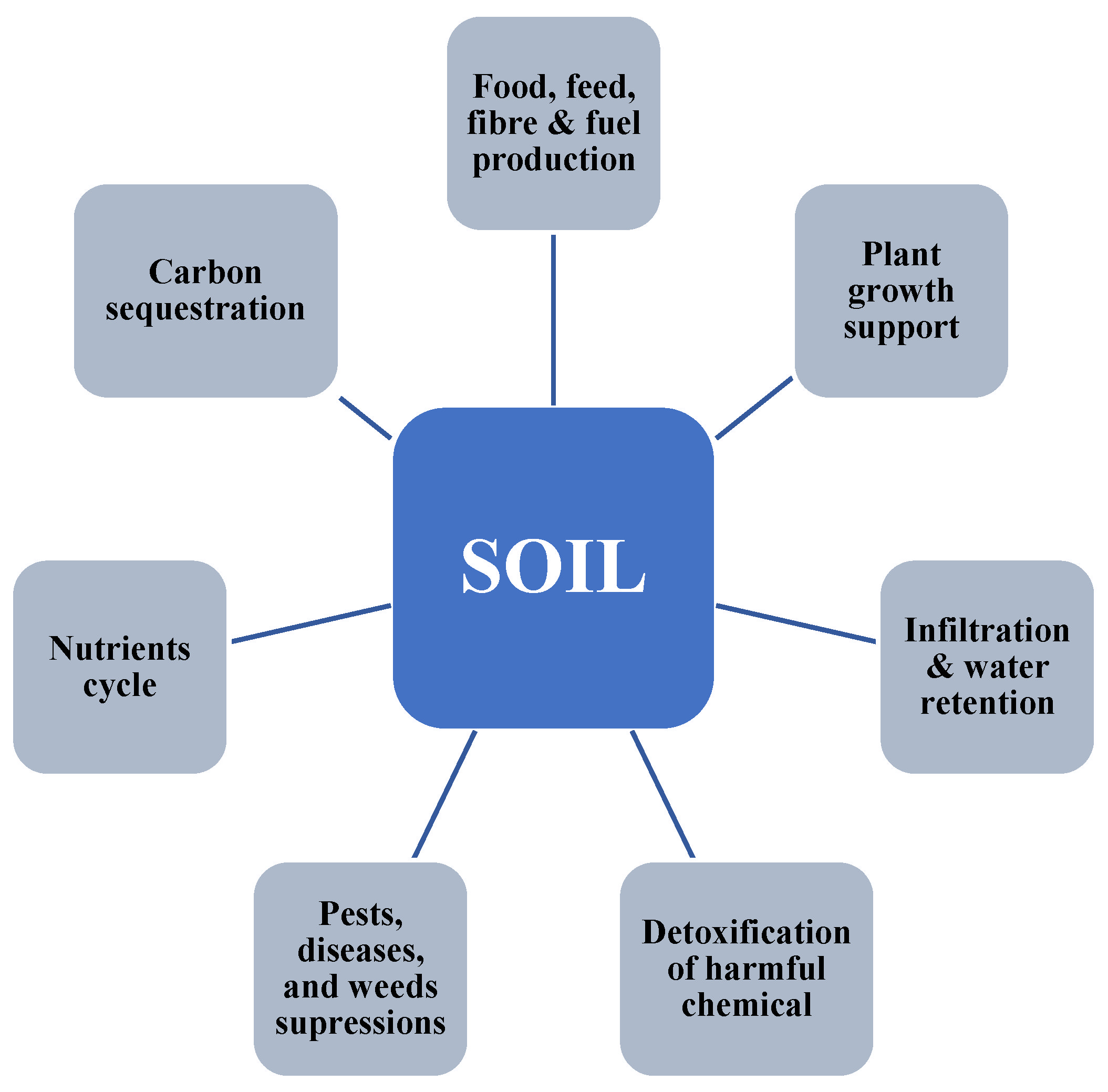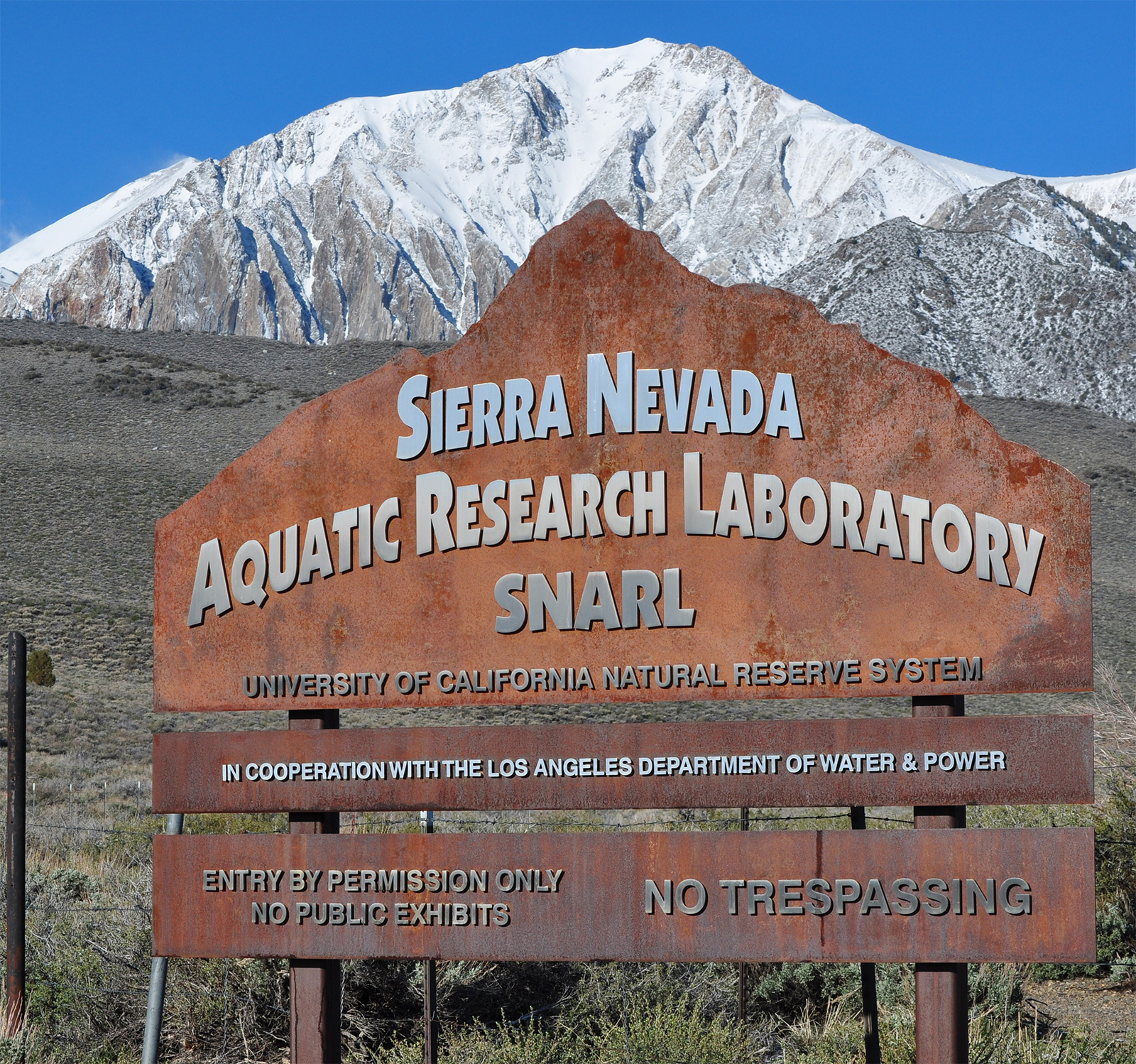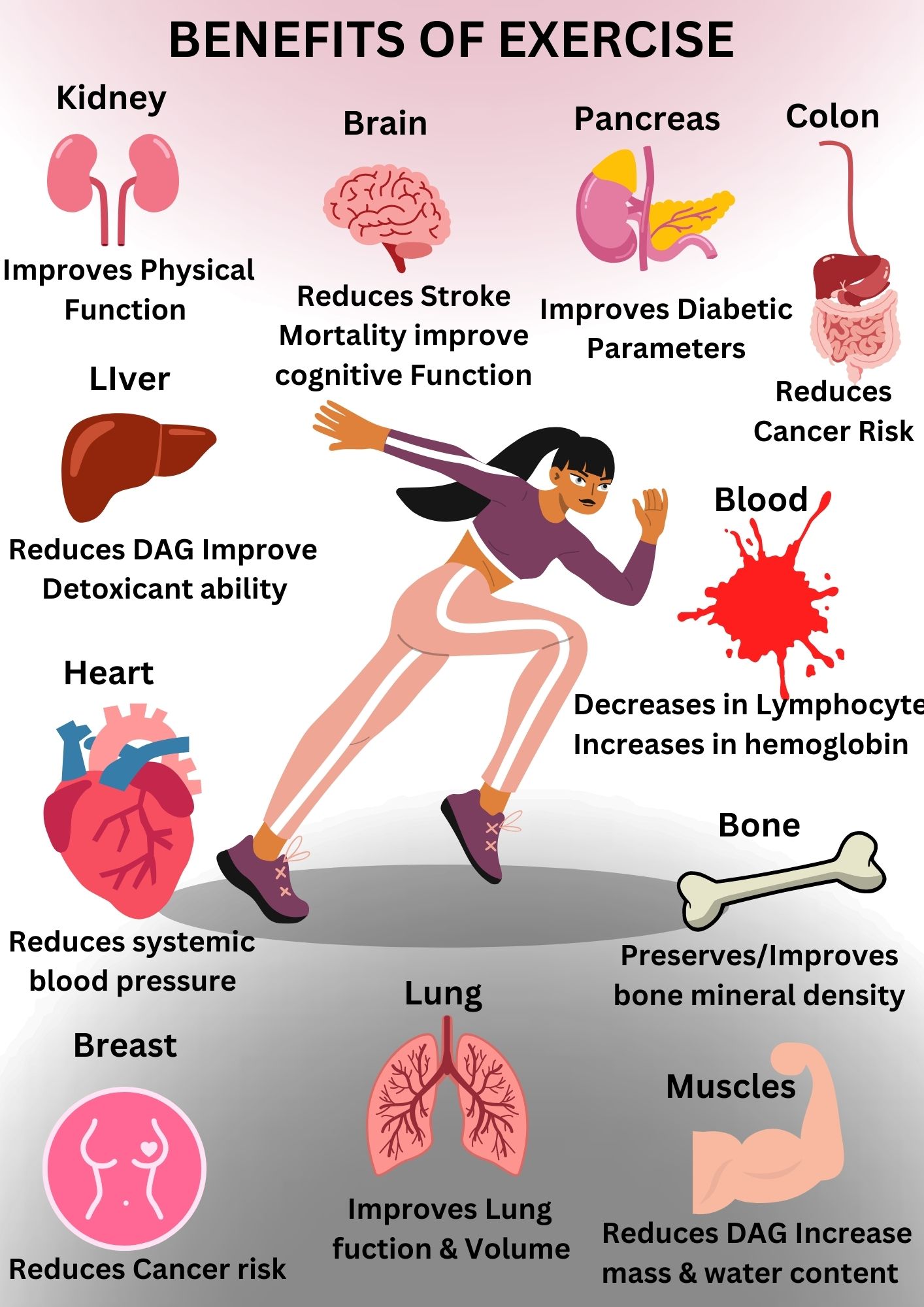Low-Pressure System: Understanding Causes, Impacts, And Forecasting: In our quest to deliver insights on weather and climate, we delve into the realm of low-pressure systems. These atmospheric phenomena are vital in understanding weather patterns and forecasting weather conditions.
Editor's Notes: With the recent increase in extreme weather events, "Low-Pressure System: Understanding Causes, Impacts, And Forecasting" has become a crucial topic for understanding and mitigating their effects.
Through comprehensive analysis and research, we present this guide on low-pressure systems, offering a deeper understanding of their formation, impacts, and the methods used to forecast their behavior. This knowledge empowers individuals to make informed decisions regarding weather preparedness and safety.
Key Differences or Key Takeaways:
Transition to main article topics
FAQ
The Low-Pressure System: Understanding Causes, Impacts, And Forecasting article provides a comprehensive overview of the topic. This FAQ section further illuminates common concerns and misconceptions.

Figure 1 from Wind Power Forecasting Model Through Data Analysis of - Source www.semanticscholar.org
Question 1: What are the key factors that influence the formation of low-pressure systems?
Low-pressure systems, also known as depressions, form when the atmospheric pressure at a point is lower than the surrounding areas. Several factors contribute to their formation, including temperature differences, moisture availability, and wind patterns. When warm, moist air rises, it creates an area of low pressure at the surface that can lead to the formation of a low-pressure system.
Question 2: What are the typical impacts associated with low-pressure systems?
Low-pressure systems can bring various impacts depending on their intensity and location. They often result in cloudiness, precipitation, and strong winds. In extreme cases, they can cause severe weather events such as hurricanes, cyclones, and blizzards.
Question 3: How do meteorologists forecast low-pressure systems?
Meteorologists utilize advanced weather models and observations to forecast the formation and movement of low-pressure systems. They analyze atmospheric data, such as temperature, humidity, and wind patterns, to predict their development and trajectory. This information helps them issue timely warnings and advisories to prepare communities for potential impacts.
Question 4: What are the differences between low-pressure systems and high-pressure systems?
Low-pressure systems and high-pressure systems are contrasting weather patterns characterized by different atmospheric conditions. Low-pressure systems are associated with rising air, cloudiness, and precipitation, while high-pressure systems are marked by descending air, clear skies, and stable weather.
Question 5: Can low-pressure systems have beneficial effects?
While low-pressure systems can cause adverse weather, they also play a crucial role in the Earth's climate system. They facilitate the redistribution of heat and moisture across the globe, contributing to precipitation patterns and supporting ecosystems.
Question 6: How can individuals prepare for the impacts of low-pressure systems?
Preparing for the impacts of low-pressure systems involves staying informed about weather forecasts, securing loose objects, and having an emergency plan in place. During severe weather events, it is essential to follow safety guidelines, such as staying indoors and away from windows.
These FAQs provide additional insights into the formation, impacts, and forecasting of low-pressure systems. By understanding these meteorological phenomena, we can prepare for their potential impacts and appreciate their role in the Earth's complex climate system.
For further exploration, refer to the complete article on Low-Pressure System: Understanding Causes, Impacts, And Forecasting.
Tips
To enhance your understanding of low-pressure systems, employ the following tips:
Tip 1: Utilize Weather Maps
Examine weather maps to locate low-pressure systems. Identify their position, movement, and associated fronts.
Tip 2: Monitor Atmospheric Pressure
Observe changes in atmospheric pressure. A rapid drop often indicates an approaching low-pressure system.
Tip 3: Analyze Wind Patterns
Low-pressure systems are characterized by counterclockwise wind circulation. Track wind direction and speed to determine the system's movement.
Tip 4: Study Cloud Formations
Cirrus and cirrostratus clouds can signal the arrival of a low-pressure system. Pay attention to cloud cover and patterns.
Tip 5: Consult Weather Forecasts
Stay informed by consulting reliable weather forecasts. They provide valuable information about low-pressure systems, including their movement and potential impacts.
These tips will equip you with a comprehensive understanding of low-pressure systems, enabling you to navigate weather patterns effectively.
In conclusion, low-pressure systems play a crucial role in global weather patterns. By incorporating these tips, you can deepen your knowledge and stay updated on these dynamic weather systems.
Low-Pressure System: Understanding Causes, Impacts, And Forecasting
Low-pressure systems, marked by their inward spiraling air currents, are significant weather phenomena that influence weather patterns and impact various aspects of life. Understanding their causes, impacts, and forecasting capabilities is crucial for weather prediction and effective response to extreme weather events.
- Pressure Gradient: Difference in atmospheric pressure drives air movement.
- Coriolis Effect: Earth's rotation deflects moving air, creating cyclonic circulation.
- Convergence and Upward Motion: Inward air spirals converge and rise, cooling and condensing into clouds.
- Precipitation: Condensation and cloud growth lead to precipitation, ranging from rain to snow.
- Wind Speed and Direction: Pressure gradients determine wind speed and direction, shaping weather patterns.
- Weather Forecasting: Accurate forecasting involves monitoring atmospheric conditions and numerical modeling to predict low-pressure system behavior.
Understanding these aspects provides insights into the dynamics of low-pressure systems. For instance, the pressure gradient influences wind speed, which can impact transportation and infrastructure. Precipitation patterns shape agriculture and water resources management. By leveraging weather forecasting techniques, societies can prepare for potential impacts, such as flooding, storms, and cold fronts, ensuring early warnings and timely responses.

Soil Systems | Free Full-Text | Conservation Agriculture as a - Source www.mdpi.com

Brown Environmental Leadership Labs: Eastern Sierras | Pre-College - Source precollege.brown.edu
Low-Pressure System: Understanding Causes, Impacts, And Forecasting
A low-pressure system is a weather phenomenon characterized by a region of low atmospheric pressure surrounded by areas of higher pressure. It is often associated with precipitation, cloudiness, and winds. Low-pressure systems can vary in size, with some spanning thousands of kilometers and others only a few kilometers across.

Understanding the Science of How Exercise Impacts the Body on a Medical - Source thedailyguardian.com
Low-pressure systems are formed when air rises from the Earth's surface. As the air rises, it cools and condenses, forming clouds. The rising air also creates a vacuum that draws in more air from the surrounding areas, creating a wind.
Low-pressure systems can have a variety of impacts on the weather, including:
- Precipitation: Low-pressure systems can produce a variety of precipitation, including rain, snow, sleet, and hail.
- Cloudiness: Low-pressure systems are often associated with cloudiness.
- Winds: Low-pressure systems can produce winds that can be strong or even destructive.
Forecasting low-pressure systems is an important part of meteorology. By understanding the causes and impacts of low-pressure systems, meteorologists can issue forecasts that can help people stay safe and prepared for severe weather.
| Cause | Impact | Example |
| Rising air | Precipitation | When a low-pressure system passes through an area, it can bring rain, snow, sleet, or hail. |
| Rising air | Cloudiness | When a low-pressure system passes through an area, it can cause the sky to become cloudy. |
| Rising air | Winds | When a low-pressure system passes through an area, it can cause the wind to blow. |
Conclusion
Low-pressure systems are an important part of the weather. Understanding the causes and impacts of low-pressure systems can help people stay safe.
Forecasting low-pressure systems is an essential part of meteorology. By understanding the causes and impacts of low-pressure systems, meteorologists can issue forecasts that can help people stay safe.